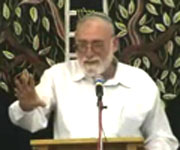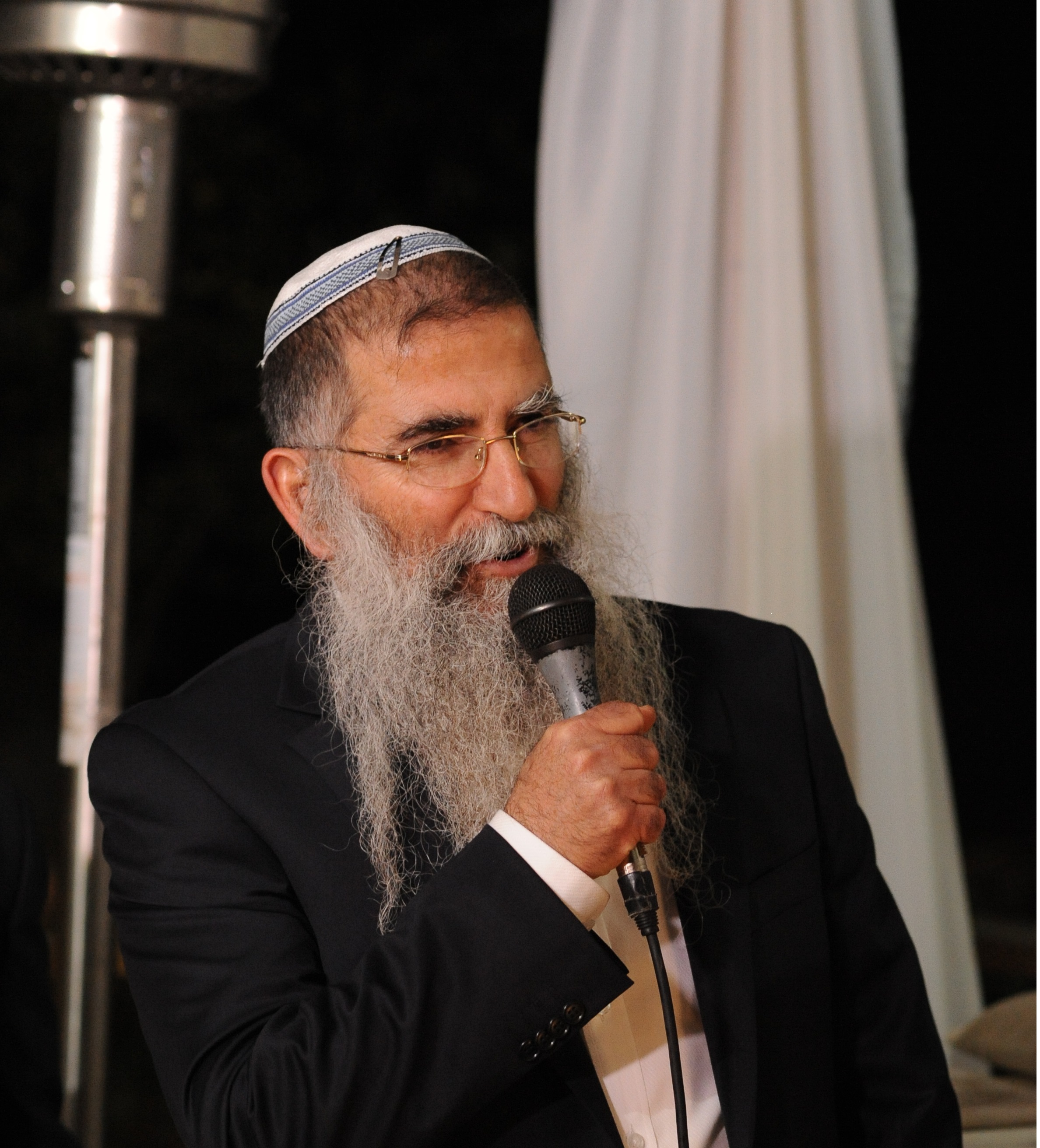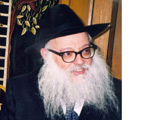Beit Midrash
- Sections
- Chemdat Yamim
- Bemare Habazak - Rabbis Questions
- Shabbat and Holidays
- Laws of Shabbat
- Praying, Kiddush and the Meals
Answer: The practice of welcoming the Shabbat "bride" in a special physical manner has its roots at least a thousand years before Rav Shlomo Alkabetz wrote Lecha Dodi (mid sixteenth century, Tzefat). The gemara (Bava Kama 32b) tells of Amoraim who would "go out" dressed for Shabbat, proclaiming their welcoming of Shabbat, with one saying "Bo’i kalla." Rav Alkabetz based his last stanza on this Talmudic account.
What is special about this juncture, and what is the significance of turning around? The Shulchan Aruch (Orach Chayim 261:4) views Barchu, which begins the first tefilla of Shabbat, as an acceptance of Shabbat; this was true in the time of the Rishonim. He then continues: "For us, saying Mizmor Shir L’yom HaShabbat is like their answering Barchu." While the Magen Avraham (261:13) questions whether people intend to accept Shabbat then, the Mishna Berura (261:31) comments that by his time, people clearly did intend, and that those who say Lecha Dodi accept Shabbat with "bo’i kalla bo’i kalla." It is likely not an accident that it became the last thing recited before Mizmor Shir L’yom HaShabbat.

Bemare Habazak - Rabbis Questions (627)
Rabbi Daniel Mann
419 - Reciting Borei Nefashot on Food When One Will Still Drink
420 - Which Way to Turn at Bo’i B’shalom?
421 - P’sak Halacha during a Modern Pandemic – Interim View
Load More
The confusion comes about from the fact that in classic Ashkenazi communities there were a few reasons to turn to the west. Two do not change – the sun sets in the west and the shechina is to the west. However, if the idea is to welcome Shabbat like an important guest, then to demonstrate this, one could turn to the main entrance of the shul, which is usually in the west, opposite the aron kodesh (see B’tzel Hachochma III:65). Alternatively, it can show that one has thoughts of going out of the shul (Igrot Moshe ibid.). One other reason is cited (and rejected – Igrot Moshe ibid.) to turn toward the back of the shul is that at (approximately, depending on minhag) this time, mourners during shiva enter shul, so this positions people to address them. Since the aron kodesh in most communities was to the east, one would turn to the west. If the Acharonim mentioned west only because that is where their main entrances were, then in places that do not face east or if the main entrance is not to the west, one would face the entrance rather than the west.
B’tzel Hachochma (III:65), writing in Melbourne, starts with the presumption that turning to the west is what most poskim suggest, and yet the minhag of the local communities was to turn to the back of the shul. He justifies the minhag with a few observations. He argues that if the idea is to face the sun, then it makes less sense when one is in a closed room and/or the sun has already set. In those cases, the matter of welcoming the "guest" has more weight than the advantage(s) of the west. To the contrary, for those who daven to the west (as they do in Melbourne), the worst thing is not to turn at all. Rav Moshe Feinstein (ibid.) prefers the west but says that the main thing is that something is done in honor of the entering Shabbat.
It is proper that in such a public matter that a shul has a unified approach, as different people facing different directions is not very mechubad. If one has the minhag to do one way and he is in a shul where they do another, he must realize that lo titgodedu (not doing things that contradict local practice) is a real halacha, and the preferred way to turn is a minhag that can be fulfilled reasonably in different ways.

Ask the Rabbi: Rubbing Cream on Someone who Accepted Shabbat
Rabbi Daniel Mann | Cheshvan 5786

Ask the Rabbi: How to Tell When Your Tefillin Need Adjustment
Rabbi Daniel Mann | Av 5785

Ask the Rabbi: Purim Meshulash
Rabbi Daniel Mann | Adar 5785






















